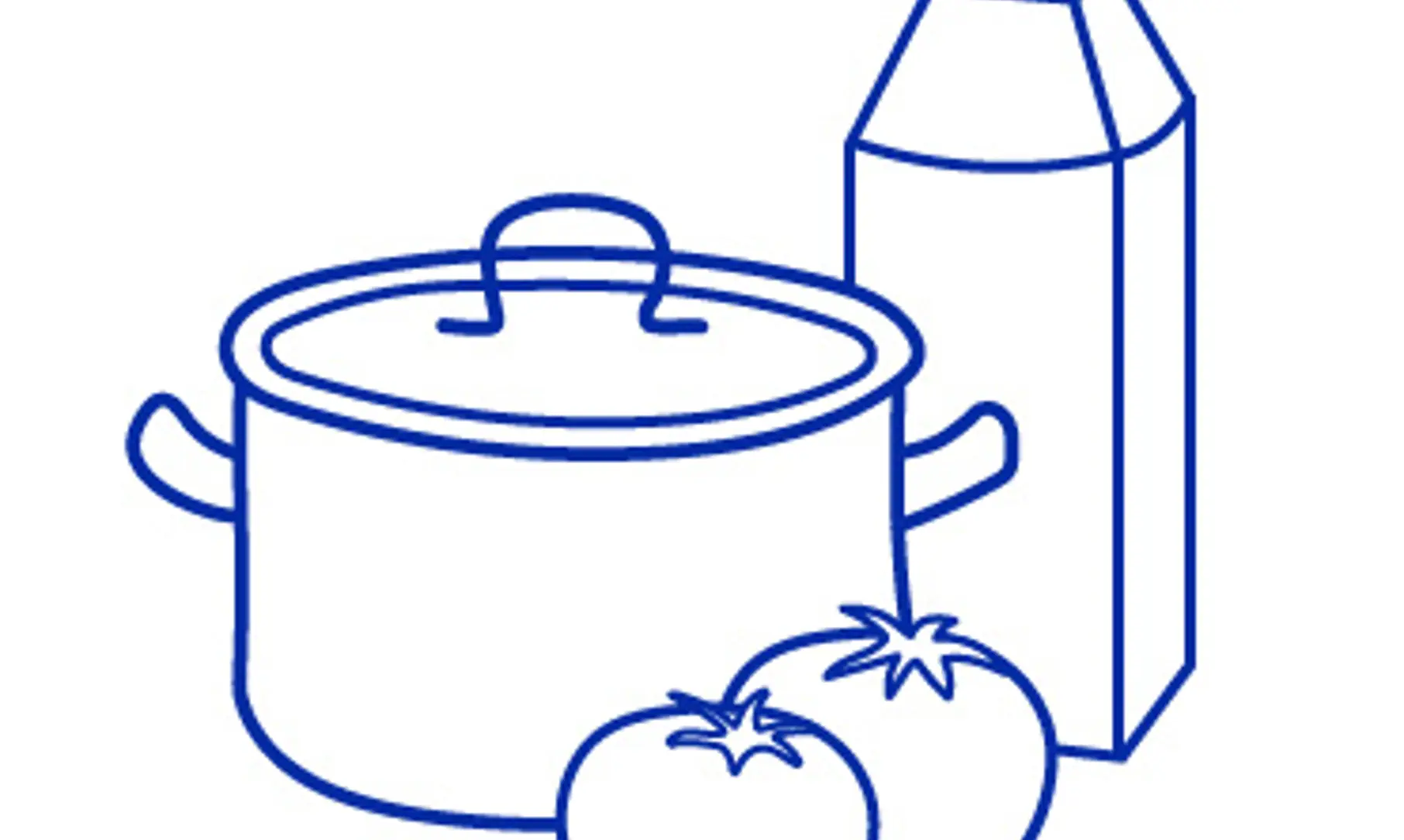Trends to Norms: The Post-Pandemic Shift

In the fifth part of our ongoing Navigating the Next Normal series, we examine how multiple behavioural shifts and trends have evolved during the pandemic.
When life as we knew it was upended by COVID-19, no one could have foreseen the way it would change the world. Faced with the sudden disruption of daily services, closed outlets, and people being confined to their homes, businesses and consumers had to rethink established processes and routines, leading to remarkable and widespread innovation. Many new trends came to the fore and multiple shifts in consumer preferences were forecast. But today, more than one and a half year later, which of these trends and shifts remain? Are consumers going back to pre-pandemic ways without any concerns or are new consumption habits in place?
<p class="size40"><strong>Is COVID-19 still a factor in consumer behaviour? </strong></p>




Safety first
Personal safety and hygiene are still top concerns for consumers. With more people going back to stores, restaurants and other high traffic areas, adherence to social distancing may be on the decline, but that hasn’t dampened demand for strict hygiene standards. Visible signs that a business is prioritizing consumer safety can inspire confidence. In a nutshell, sanitizing stations and contactless payment are here to stay.

Anywhere, anytime shopping
Digitalization of businesses and e-commerce saw unprecedented growth in 2020. According to Mastercard Economics Institute, the surge in retail e-commerce ranged from 60% to 90% in various countries. And 20%-30% of this global digital shift is likely to be permanent with essentials sector like groceries retaining a large share of the peak surge. With rapid digital acceleration boosted by the pandemic, online shopping has evolved beyond being only a convenient alternative to physical stores – it is now an omnichannel experience spanning multiple devices and channels. And all of it is designed for consumers to discover, research, and buy products that are just the right fit.
Wellness is a priority
After a year of living remotely, prioritizing our health has moved beyond the trend phase, with nutrition having evolved into the realm of self-care. It’s a shift that is set to stay. But it remains to be seen if people will continue to cook healthier meals at home or if the food and beverage industry will tap further into this market through promotion of products that combine nutritional functionality and convenience.

Value matters
The pandemic has made everyone re-examine what matters to them, and it has resulted in conscious consumers who prioritize value. However, the definition of value is multi-pronged and varies widely – from sustainability and nutrition to affordability and fair practices.
People are wielding their purchasing power to make sure that their priorities and requirements are met, making it vital for brands to manage changing consumer priorities in order to stay relevant.
Adaptability wins
From suddenly interrupted supply chains to unprecedented demand for shelf-stable products, the start of the pandemic created a host of challenges for the food and beverage industry. But the industry overcame most of these by adapting quickly, bringing to the fore the importance of having a strong partner in the supply chain. SIG, with its unwavering commitment to food safety and security, proved its mettle as a dependable partner, employer, and supplier. SIG continues to enable manufacturers to scale their production according to demand and optimise their operations with flexibility – global crisis or otherwise.
Don’t miss our recap of the series in which we will revisit our learnings from the pandemic and discuss what lies ahead as we enter the next normal. Subscribe to get the story and more insights straight to your inbox in our exclusive bi-weekly newsletter, SIGnals Update.
- septembrie 15, 2021
